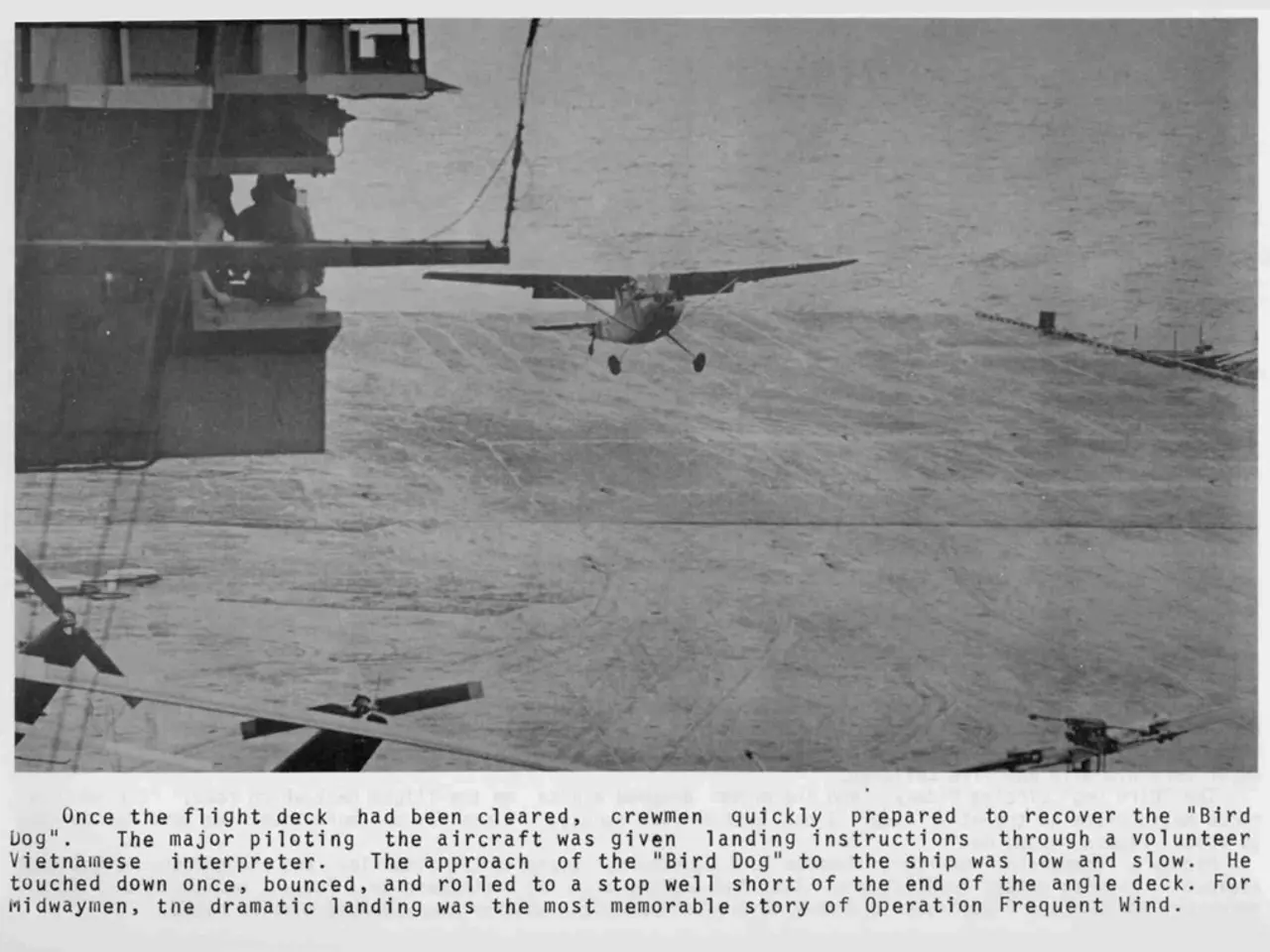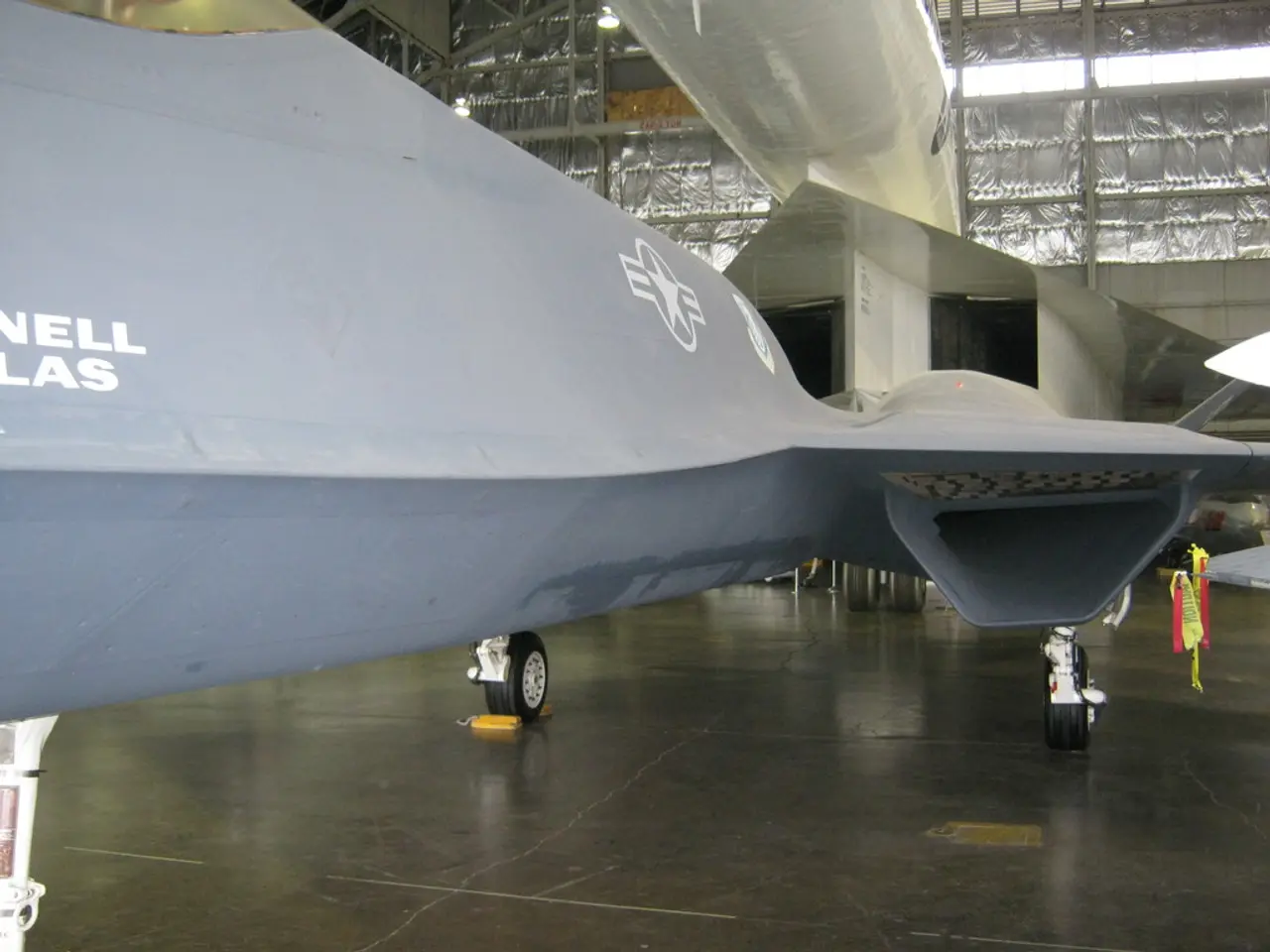NTSB to examine air traffic control training and collision avoidance technology in a second round of hearings regarding the DC midair collision incident
Investigative Hearings Continue into Deadly Midair Collision at Ronald Reagan Washington National Airport
The National Transportation Safety Board (NTSB) is delving deep into the safety culture of Army aviation and the Federal Aviation Administration's (FAA) air traffic organization, following the tragic midair collision near Ronald Reagan Washington National Airport in January. The three-day investigative hearings, which began on July 30, 2025, are focusing on systemic safety issues, potential technical failures, and operational specifics of the military helicopter involved.
The first day of the hearings saw NTSB Chairwoman Jennifer Homendy express concerns about a potential safety culture problem in both Army aviation and the FAA. Homendy highlighted the issue of military helicopters operating in congested airspace, with 85 near misses identified in the airspace surrounding Reagan National Airport. Investigators also noted that military helicopters often fly with critical equipment turned off.
In addition, the FAA's air traffic organization is under scrutiny, with the NTSB examining its role in managing the crowded and complex airspace. The collision occurred as a Black Hawk helicopter flew as close as 75 feet below planes descending to land on runway 33 at the airport.
The cause report is not expected for some time, indicating that the investigation remains thorough and complex. The hearings are scheduled to continue through Friday, August 1, 2025, with family members of victims present and participating in the safety reform discussion.
On Thursday, the NTSB questioned witnesses about air traffic control training and collision avoidance technology. The investigative hearings are taking place over three days, with the aim of determining what caused the crash that claimed the lives of 67 people, including 60 passengers and four crew members on the plane and three soldiers on the helicopter.
The NTSB has released thousands of pages of information gathered during the investigation, including cockpit voice recorder transcripts. Homendy has stated that helicopters should never fly underneath civilian aircraft that are departing or landing on any runway in the national airspace. One second before the collision, the helicopter's instructor had told the pilot to change course.
It has also come to light that Army helicopters sometimes use civilian heliports without authorization. The NTSB questioned witnesses for the Army and Federal Aviation Administration during the hearings. A determination of what caused the crash will come in January.
The NTSB's investigations into such incidents are crucial in ensuring the safety of our skies. As the hearings continue, we await the findings and safety recommendations that will help prevent such tragedies in the future.
[1] NTSB Press Release, July 30, 2025. [2] Washington Post, July 30, 2025. [3] CNN, July 30, 2025. [4] ABC News, July 30, 2025. [5] NBC News, July 30, 2025.
- The NTSB's investigation into the midair collision at Ronald Reagan Washington National Airport is also exploring potential safety issues in the transportation industry, particularly focusing on military aviation and the role of the FAA in managing complex airspace, which may impact finance as insurance companies and other stakeholders may need to reassess risks and costs.
- As the investigative hearings delve into air traffic control training, collision avoidance technology, and operational specifics, the finance sector may be affected by any new regulations or safety measures implemented in the aviation industry, potentially influencing airline profitability, fuel prices, and travel costs for passengers.






